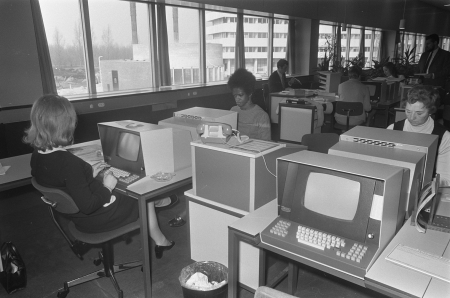SOS OSLO: Objects Entry Book expands
11 Mar 2022If you work as a registrar for a heritage institution, then the Objects Entry Book on the CEST knowledge platform is your best friend. This handbook with descriptive rules will help you document heritage objects in a collection management system. The Entry Book has also recently been brought in line with OSLO (link in Dutch) – the Flemish exchange standard for cultural heritage.
For information about heritage objects to be saved in a complete and uniform way, so it can easily be used within and outside a heritage institution’s walls, it needs to be documented and recorded in a digital management system in accordance with standardised descriptive rules. You can find these rules in the Objects Entry Book at projectcest.be (both links in Dutch).
The Entry Book is not a static tool; it’s constantly being expanded and updated. Collection registrars are primarily responsible for its management – their suggestions ensure the entry instructions and mappings can be improved further, which is why it’s a wiki: anyone can contribute by editing a page or adding comments (link in Dutch).
Support for implementing OSLO
The Objects Entry Book is now helping with this: Informatie Vlaanderen (link in Dutch) asked us to link the Entry Book with the OSLO application profiles for Erfgoed Object (Heritage Object) and Erfgoed Event (Heritage Event), which we did together with Collections of Ghent. The result is a data profile that allows you to express information elements from the basic registration data as data that’s in line with the OSLO standard. You can also learn how to encode metadata to JSON-LD, an OSLO-compliant method for transferring linked data. Handy!
Questions about OSLO?
Check out Digitaal Vlaanderen’s OSLO presentation from the last Digital Collection Registration Peer Group meeting here (link in Dutch).
Watch the OSLO kick-start webinar (in Dutch) organised by Collections of Ghent.
For more information about OSLO, visit Informatie Vlaanderen (Flanders Information Agency) and Digitaal Vlaanderen (both links in Dutch).

